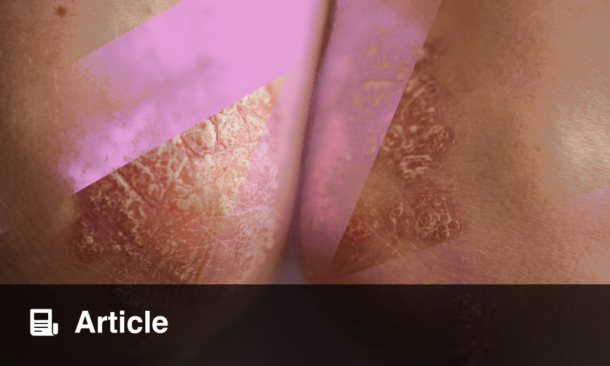THE COST-EFFECTIVENESS of 3-dimensional (3D) total-body photography (TBP) for early melanoma detection remains a critical consideration in dermatological practice. A prespecified cost-effectiveness analysis based on a randomised clinical trial of 309 adults at high risk of developing melanoma sought to assess the financial and clinical value of incorporating 3D TBP into usual care. The findings suggest that while 3D TBP was associated with similar numbers of malignant excisions and quality-adjusted life-years (QALYs) compared to usual care, it resulted in higher healthcare costs.
The study, conducted at a research hospital in Brisbane, Australia, adopted a health system perspective and followed participants for two years. Patients in the intervention group received usual care along with clinical skin examinations conducted by junior clinicians at regular intervals, incorporating 3D TBP and sequential digital dermoscopy imaging (SDDI). Identified lesions were reviewed remotely by a teledermatologist. In contrast, the control group continued with usual care and completed biannual online surveys.
Key outcomes included government healthcare costs, patient out-of-pocket expenses, numbers of benign and malignant skin tumour excisions, and QALYs. Data collection encompassed administrative claims for biopsies, excisions, pathology, and related costs, alongside quality-of-life assessments using the EuroQol-5D-5L.
The results indicated that while 3D TBP reduced the number of melanoma excisions compared to controls, it led to more keratinocyte carcinomas, benign excisions, and biopsies. Over the 24-month period, mean per-person costs were significantly higher for the intervention group (AUD $1,708, converted to approximately USD $1,147) compared to the control group (AUD $763, or approximately USD $512). The incremental cost of implementing the intervention was AUD $945 per person, while total QALYs remained nearly identical between both groups.
Given the increased costs without a clear improvement in malignant tumour detection or quality of life, the study suggests that 3D TBP in addition to usual care is not cost-effective for patients at high risk of melanoma in the short term. However, future integration of artificial intelligence in dermatological assessments may enhance efficiency and improve the value proposition of 3D TBP, warranting further research into its potential benefits beyond cost-effectiveness.
Reference
Lindsay D et al. Cost-effectiveness analysis of 3D total-body photography for people at high risk of melanoma. JAMA Dermatol. 2025;DOI:10.1001/jamadermatol.2025.0219








